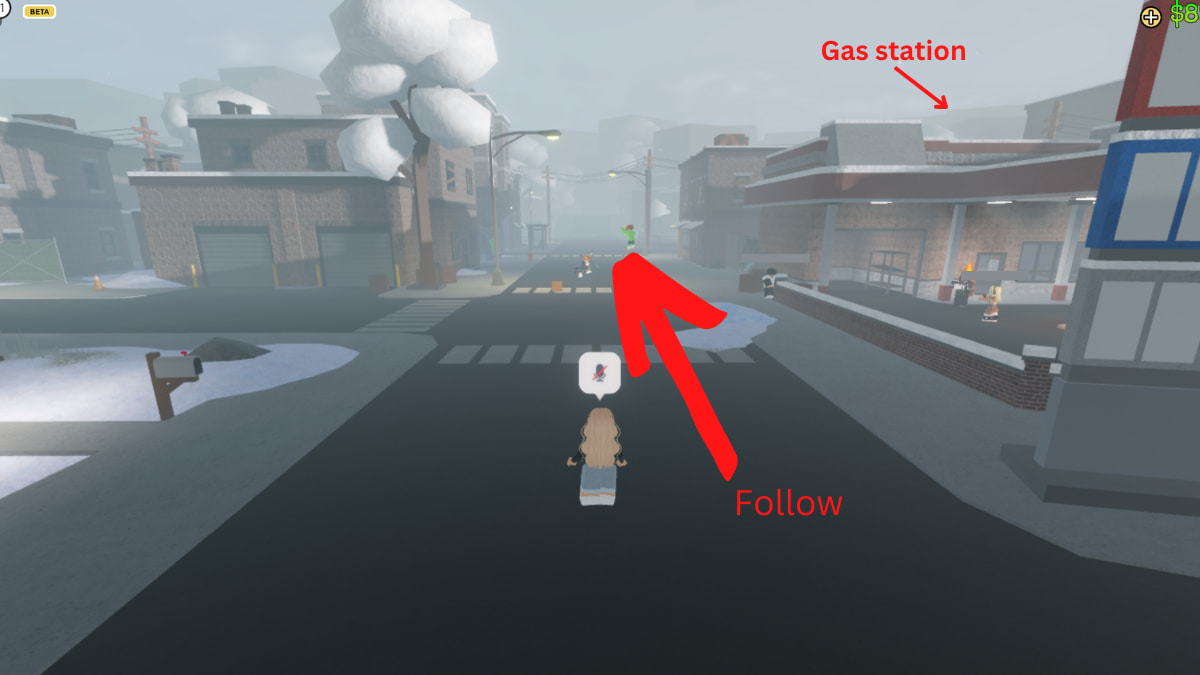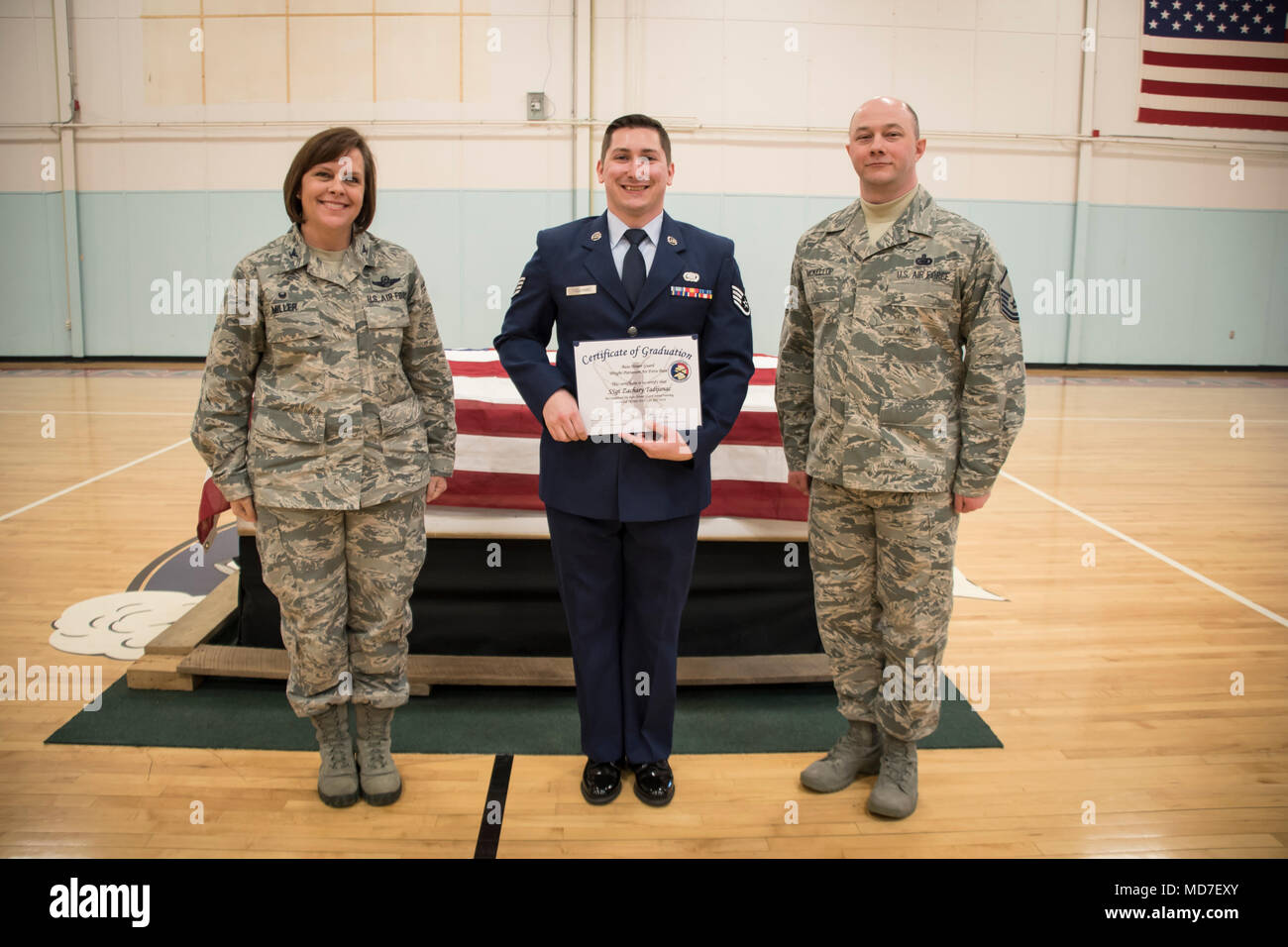Ohio Military Base - 39°49′23″N 084°02′58″W / 39.82306°N 84.04944°W / 39.82306; -84.04944 (Wright-Patterson Air Force Base) Coordinates: 39°49′25″ 08″ N /39.82306°N 84.04944°W /39.82306; -84.04944 (Wright-Patterson AFB)
Wright-Patterson Air Force Base (WPAFB) (IATA: FFO, ICAO: KFFO, FAA LID: FFO) is a United States Air Force base and CSUS-designated site located in Gray and Montgomery counties in east of Dayton, Ohio. It includes Wright and Patterson Fields, which were originally Wilbur Wright Field and Fairfield Aviation General Supply Depot. Paterson Airport is about 16 kilometers (10 miles) northeast of Dayton; Wright Airport is located about 8.0 kilometers (5 mi) northeast of Dayton.
Ohio Military Base

Wright-Patterson AFB's host unit is the 88th Air Base Wing (88 ABW), assigned to the Air Force Lifecycle Management Center and Air Materiel Command. 88 ABW operates the airport, maintains all infrastructure and provides security, communications, medical, legal, personnel, procurement, finance, transportation, air traffic control, weather forecasting, public affairs, entertainment and chaplaincy services to more than 60 units affiliates
Funding For Ohio Military Projects Could Be Diverted To Border Wall
The base's origins begin with the establishment of Wilbur Wright Field on May 22 and McCook Field in November 1917, both established by the Aviation Section of the United States Signal Corps as facilities of the First World War. McCook was used as a proving ground and for aeronautical experiments. Wright was used as an airfield (Patterson Field closed in 1931); Fairfield Air Supply Depot; Ordnance School and a temporary warehouse. When it closed in October 1927, McCook's functions were transferred to Wrightfield.
In 1995, negotiations for the Bosnian War were held at the base, leading to the Dayton Accords that ended the war.
The base portion of Gree County is a csus-designated place (csus-designated place, CDP), and the csus resident population in 2010 was 1,821.
The Wright-Patterson Ada Culture Prehistoric Indian Mounds are located along P Street, and the Wright Brothers Memorial is a group of mounds on top of a hill.
Brookfield Air Force Station
Between 1904 and 1905, Wilbur and Orville Wright used 84 acres (340,000 m
Used for experimental test flights of the Wright Flyer III. His air show company and the Wright Company Aviation Academy again used the airfield between 1910 and 1916.
) (including Hoffman Prairie Field) along the Mad River leased from the Army by the Miami Conservancy, an adjacent 40 acres (160,000 m).

) purchased by the Army in the area for the Fairfield Air Supply Depot, and an area of 254 acres (1.03 km).
Updated: Camp Garfield Near Ravenna Passed Over As Missile Defense Site
) at the McCook Field complex north of downtown Dayton between Keowee Street and the Greater Miami River. In 1918, Wilbur Wright Field agreed to let McCook Field use the hangar and shop space and its enlisted mechanics to assemble and maintain airplanes and engines under the direction of Mason Patrick, director of aviation services.
After World War I, 347 German aircraft were brought to the United States, some incorporated into the Army Aviation Museum.
Production ceased at the Wilbur Wright Airport. After World War I, Wilbur Wright Field and the base were combined to become Fairfield Air Force Base. The Patterson family forms the Dayton Air Service Committee, Inc, which hosts an event that raises $425,000 over two days and buys 4,520.47 acres (18.2937 km2) of land
In 1924, the committee presented President Calvin Coolidge with a deed to build a new Aeronautical Engineering Center. The tire planting area (including Fairfield Air Depot) is designated as Wright Field,
Report Of Gunshot Triggered Lockdown At Air Force Base
In 1925-27, new facilities were constructed on the portion of Wright Field west of Hoffman Dam to accommodate all relocated McCook Field functions.
"World altitude record (unofficial) of 28,899 feet, set by Major R. W. Schroeder (Bristol-300 Hispano) at Dayton, Ohio".
Major R. W. Schroeder and Lt. G. E. Elfrey of Dayton set the "official two-person world altitude record of 31,821 feet." In a Lepere aircraft with a supercharged Liberty 400 engine.

"Capt. A. W. Stevs' 24,206-foot jump from a Martin bomber piloted by Lt. L. L. Wade, Dayton, Ohio."
Explosions, Gunfire May Be Heard In Portage And Trumbull Counties On Saturday
"World Record for Duration and Distance without Fuel by Lieutenants J. A. Macready and O. G. Kelly (Fokker T2-Liberty 375) at Dayton, Ohio, duration 36:04:34. Distance: 2516.55 miles".
"First flight of the Barling Bomber (6 Liberty 400 Genes), the largest airplane ever built in the United States, at [Wilbur] Wright Field, Dayton, Ohio. Pilot, Lt. H. R. Harris."
"Winners of the air race held at [Wilbur] Wright Field in Dayton, Ohio included: Liberty gine Builders Trophy, Lt. D. G. Duke (DH4B-Liberty 400), 130.34 mph over 180 miles; John L Mitchell Trophy, Lt. C. Bettis (Curtiss PW8—D12HC Curtiss 460), 175.41 mph over a 200-kilometer course; Pulitzer Prize, Lt. H. H. Mills (Verville Sperry—D12AHC Curtiss 520), 216.55 mph.
"Wright Field, Dayton, Ohio, officially opened, the supply department moved from McCook Field to a new location. The John L. Mitchell Trophy Race was ceremonially won by Lt. I. A. Woodring, First Pursuit Team. Speed: 158.968 mph"
Wpafb Holds Town Hall To Discuss Elevated Health Condition
Wright tests "superchargers designed to provide pressure at sea level to 30,000 feet." and liquid oxygen breathing system.
Wright Field was "officially commissioned" on October 12, 1927, when "the supply department moved from McCook Field to a new location"
When it went live, and after 18 months of work, the new facility cost approximately $5 million, which is expected to grow to a total of $7-8 million.
The ceremony includes the John L. Mitchell Trophy Race (won by Lt. I. A. Woodring of the 1st Chase - Speed: 158.968 mph)
Rd Generation Serves At Rickenbacker Air National Guard Base
On July 1, 1931, the portion of Wright Field east of Hoffman Dam (today known as the land of Wright-Patterson AFB Areas A and C, which includes Fairfield AFB and the Hoffman Prairie Airfield) was renamed "Patterson Field" in honor of Lieut. Frank Stewart Patterson. Lt. Patterson is the son of National Cash Register co-founder Frank J. Patterson.
Shortly before the end of World War I, 1T Patterson of the 137th Aviation Squadron and 2T Observer LeRoy Swan were killed in the crash of a de Havilland DH.4 at Wright Field while their wings were firing at targets land while on a dive. the new synchronous propeller machine gun.
The number of employees employed at World War II Army air bases in the area increased from approximately 3,700 in December 1939 to more than 50,000 at the height of the war.
) with about 300 buildings and the Air Force's first modern paved runway. The original part of the field was filled with office buildings and laboratories and testing facilities. The Peak area was acquired from private landowners in 1943-1944 to provide housing and services for the troops.
Us, Japan To Keep Troops On Base To Control Covid 19 Spread
Patterson Field The portion of Route 4 south of Patterson Field from Huffman Dam to Brick Quarters (including command headquarters in Building 10262) is administratively redistributed from Patterson Field to Wright Field. To avoid confusion between the two areas of Wright Field, the southern portion of the former Patterson Field section was designated "Area A" and the original Wright Field became "Area B," while the northern portion of Patterson Field , including the airfield, "Area C."
In February 1940, Army Aviation established the Technical Data Office (Technical Data Section in July 1941, Technical Data Laboratory in 1942) at Wright Field. After the Air Force Ferry Command was established on 29 May 1941, one of the command's facilities was commissioned at Paterson Field on 21 June.
On 9 September 1944, the Air Force Technical Command Flight Test Training Unit was established at Wright Field (it moved to Patterson Field in 1946 and to Edwards AFB on 4 February 1951).

Two densely populated residential and service areas straddling Route 444, Wood City and Skagway Park, are geographically separated from the central core of the Paterson Airport and form an almost self-sufficient community. (Wood City was acquired in 1924 as part of an original land grant to the government, but was used primarily as a radio range until World War II. Skyway Park was acquired in 1943.) They support a large number of recruits, enumerate and Thousands of migrant workers, mostly single women, were recruited to work in the warehouse, trained in both fields. Skyway Park was demolished after the war. The wooden city was finally transformed
Military Bases In Colorado And State Information And History
Field collection training was assigned to Wright Aerodrome for training in the technical aspects of "crash" intelligence (RAF Squadron Captain Colley identified how to obtain information from from equipment tags and squadron markings.
The first German and Japanese aircraft arrived in 1943, and the captured equipment soon filled six buildings, a large outdoor storage area, and part of an airline hangar for laboratory technical data research (TDL close its Army Aviation Museum). Operation Energetic during World War II sent 86 German aircraft back to Wright Field for research, such as the Messerschmitt 262 jet fighter, while Operation Paperclip after the war brought German scientists and technicians to the airports of Wright, for example, Ernst R. G. Eckert (most of the scientists actually worked). in various Wright field laboratories.)
Project Sign (Project Grudge in 1949, Project Blue Book in March 1952) was the WPAFB's T-2 intelligence investigation into reports of unidentified flying objects (UFOs) begun in July 1947.
In 1951, the Air Technical Intelligence Center (ATIC) began analyzing
Th Engineering Installation Squadron
Military base contamination, military base jobs, dayton ohio military base, military base cincinnati ohio, military base in ohio, military base, lejeune military base, military base in columbus ohio, camp lejeune military base, military base columbus ohio, military base near ohio, military base homes

0 Comments